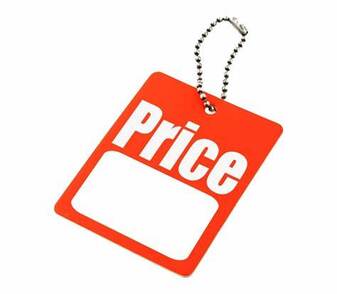 Pricing your book – is it an art or a science? I’m not asking you to pick a side; I’m only offering an opinion. Take it or leave it, but before you make up your mind, you have to understand two things. First of all, there is the economics of pricing. Then there is the psychological aspects of pricing; what assumptions do people make when they see a price tag on a product? Let’s start with the economics of pricing. If you are a big publishing house, there is a lot you have to pay for before the product (book) goes on sale. First off there are the publishing rights for the book – what the author wants for selling his or her soul to Mammon. Many new authors won’t get that, they’ll just be offered royalties based on sales. But a bestselling author can charge a hefty fee up front for giving a publisher exclusive rights to their next book - or even several books. 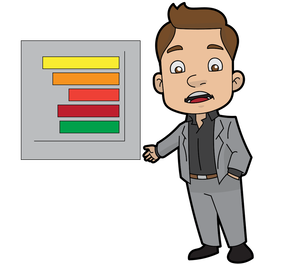 Then there is the cost of editing and proof reading in order to get the book into the best possible version of itself. Add to that cover design, printing and distribution and the publisher has already invested a considerable amount of money that must be recouped. Then there is the cost of marketing, because nobody is going to buy a book if they don’t know it exists. Finally, there are all the “back office” costs that must be recouped: HR, accounting, IT, rent, utilities, etc. What are known as “overheads” but without which no business functions efficiently. Put that all together and there is a lot of money to be recovered and publishers want their money back quickly, because they have shareholders who want a dividend at the end of the year. Consequently, publishers price high because they know that once a book has been out for a while, people lose interest in it because there are other, newer titles coming out all the time, so they must cover their costs and generate a profit in the shortest possible time. 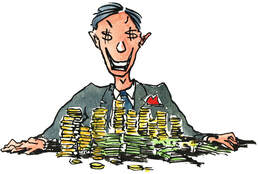 All that marketing is aimed at getting the book into the best-seller list as quickly as possible, so that sales gain some “momentum”. Readers are more likely to buy a book if they think that a lot of other readers have already bought it and that is what the best-sellers list tell them. And there was you, thinking that the best-seller list followed sales, when they are really leading them. So, when you see a book with a list price of, perhaps, £20 ($22) for a hardback, £13 for a paperback and maybe £12 for the Kindle version, all that stuff is what you are actually paying for – not the words on the page. The author will probably receive less than 10% of the sale price for each book and their agent takes a cut of that, reducing it further (are you still sure you want to be published by a big publishing house?). 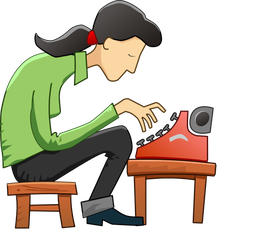 But you are an “Indie” author. You don’t have all those costs to meet before your book goes on sale and you don’t have to recover them quickly in order to satisfy shareholders. You can charge what you like. Therefore £5 for a Kindle version and maybe £8.99 for a paperback doesn’t seem unreasonable. You aren’t greedy – so as long as you make some money from your book, you are happy. Well, you may need to rethink that a little bit. You really need to market your book if you want it to sell and if you want to sell more than a handful of copies, you may need to spend some money on marketing. That means pitching your price at a level that will allow you to cover the marketing cost. Either that, or you will have to settle for a smaller slice of the cake. 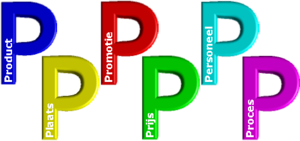 But what about the psychology of pricing? What does the reader infer from the price at which you sell your “product”? Unsurprisingly, there have been books written on the subject. I’m not going to name any as I haven’t read them, so I don’t know if they are any good. But if you are interested, Google “Psychology of book pricing” and they’ll show up in the results. But I did find this blog by Thomas Umstattd Jnr, written in 2020. For a start, Umstattd reminds us that price is so important that it has been included as one of the “P”s of the marketing mix. That means it has to be taken seriously as a subject in its own right. 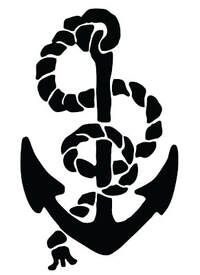 But the real issue on book pricing is what the reader compares the price to. Let’s imagine that it takes 10 hours to read a book. What else could the reader do for 10 hours, and how much would that cost? That is the comparison that readers make when they buy a product. They mentally say to themselves “If I spend my money on this, would it give me as much fun as spending my money on something else?” This is called “anchoring”. They anchor the price they are willing to pay to read your book against the cost of another type of entertainment (or another product) and form an opinion on how good a bargain it is by comparison. If they are browsing books on Amazon or in a bookshop, you are already halfway to winning the sale, but there is still a choice to be made – your book or someone else’s. That suggests that the lower the price you set, the better comparison and the more books you will sell. 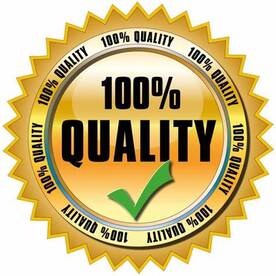 But, of course, the anchor point is only part of the story. Because you have to tell your readers that, whatever comparison they are mentally making, your book is going to represent better value. You have to guide them into making that decision because, otherwise, they may conclude the opposite and not buy your book. Umstattd describes a number of ways you can use your marketing ‘copy’ to influence readers into perceiving that your book represents good value for money. I won’t repeat them here but, intuitively they seem to be good suggestions. But readers don’t just want something to read, they want to read a “good” book; in other words, they want quality. The price should indicate to the reader that they are getting that. It means that setting a low price isn’t always a good strategy. 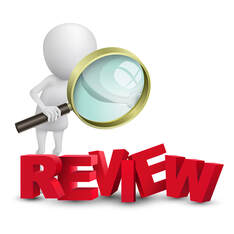 But at the same time, readers will want someone else to tell them that your book is good, so the reviews have to justify the price. If you are only getting 3 star (or lower) reviews, then you can’t charge a premium price for your book because readers won’t believe they are getting “quality” because other readers are saying they aren’t. If you aren’t getting any reviews at all, then you are really in trouble. And if the reader is paying a higher price for the book thinking it is a quality product, then the content has to match the price. It goes without saying that the story has to be excellent. It also has to be well edited, free from typos and grammatical errors and the cover design has to be more than just the basic offerings chosen from the KDP menu. If they aren’t getting that interior quality, the chances of selling other books to the same reader are slim. There is a way of making money by setting a low price and that is to write a lot of books. There are readers who will accept a loss of quality (even in the storytelling) in return for a cheap read. Making 10p a copy on 5,000 book sales is more profitable than making £1 per copy on 100 sales. And you get the bonus of there probably being more reviews posted about the books. 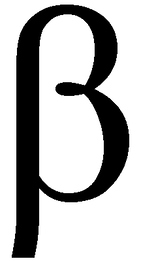 But that is a decision that you have to make for yourself. But you don’t have to make it blind. If you have beta readers, one of the questions you can ask them is how much they would have been prepared to pay on Amazon to read the book if they’d had to purchase it. You will get a range of responses, but you can average them out to give you an indicative price. This blog, on the AuthorImprints website, also takes a look at how to price your books and offers some indicators. One thing seems clear, if you are just starting out, selling your book cheaply in order to generate reviews seems to be a recommended strategy. Once your books gain in popularity and gains positive reviews, you can always increase the price to improve your royalties.  Then there is the 99p (99c) “special”. KDP allows you to reduce the price of your book for up to 5 days, providing it is subscribed to KindleUnlimited. That can be used, in conjunction with advertising, to generate sales because people are more inclined to say “why not give it a try?” at that price. This is especially good if you write a series of books. By heavily discounting the price of Book 1 of the series, people are more likely to by Book 2, 3 etc if they enjoy it. And you have nothing to lose, because if your book isn’t selling then reducing the price makes no difference because 100% of nothing is still nothing. And, finally, there is the “freebie”. I’m not talking about giving your life’s work away for free, just letting people have a taster of what they could get if they buy your life’s work. The freebie is usually a prequel or other introduction to the main series of books. Giving it away for free is a way of generating interest in the main series. But be warned: the freebie must be of at least the same quality as the full book, because even if people are getting it for free, they will still be judging you as an author and you can’t risk that judgement coming back negative. But if the reader likes your freebie, they may buy the book and give it a try. I can say from personal experience that I have bought books off the back of free ones. If you have enjoyed this blog or found it informative (hopefully both) and want to be sure not to miss the next edition, just sign up for our newsletter by clicking the button below. And we’ll even send you a free book for doing it.
0 Comments
Leave a Reply. |
AuthorThis blog is compiled and curated by the Selfishgenie publishing team. Archives
March 2025
|
 RSS Feed
RSS Feed